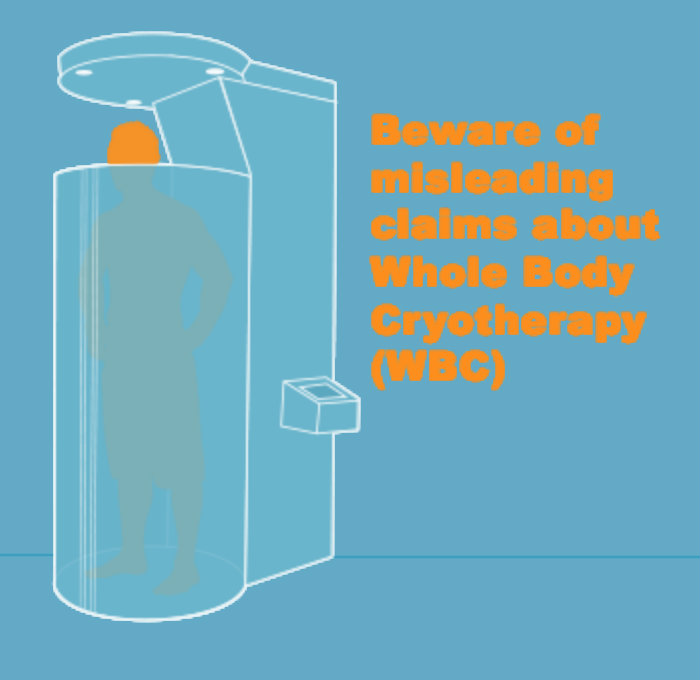Whole body cryotherapy is one of the latest “treatments” claiming to help multiple sclerosis patients.
Those who sell WBC machines and who operate WBC “spas” claim that it can also help a range of other ailments, from asthma to rheumatoid arthritis. They say it can improve blood circulation, increase metabolism, improve recovery and soreness after workouts and relieve joint and body pain. That’s a lot of problems, and the Food and Drug Administration warns users: it has no evidence that whole body cryotherapy treats, or helps, anything! And the FDA has recently sent out a specific reminder that this “treatment” isn’t FDA-approved.
“Based on purported health benefits seen in many promotions for cryotherapy spas, consumers may incorrectly believe that the FDA has cleared or approved WBC devices as safe and effective to treat medical conditions,” says Dr. Aron Yustein, of the FDA’s Center for Devices and Radiological Health. “That is not the case.”
Cryotherapy uses techniques that can be as simple as using an ice pack to cool a part of your body. You might have used it to ease your aching back. Whole body cryotherapy is like cryotherapy on steroids. It applies super-cold vapors, as cold as minus 300 degrees, over your whole body. A person might stand in a can-like enclosure, with his or her head outside the can, while being exposed to those super-cold temperatures for two to four minutes. Or, a group might be exposed while in a room. Sometimes liquid nitrogen is used to generate the cold vapors. Sometimes it’s just cold air.
FDA says the risks outweigh any benefits
What actually happens physiologically to your body when it’s super-cooled; to things like your blood pressure, heart rate and metabolism?
“We simply don’t know,” says the FDA’s Dr. Anna Ghambaryan. But, Dr. Ghambaryan warns, while the healing benefits are unconfirmed the potential risks are apparent. “Potential hazards include asphyxiation, especially when liquid nitrogen is used for cooling,” says Dr. Ghambaryan. Nitrogen vapors in a closed room lower the amount of oxygen in the room. That can result in hypoxia, or oxygen deficiency, and that can end up with someone become unconscious. Other risks include frostbite, burns and eye injury from the extreme temperatures.
If you decide to try whole body cryotherapy to treat your multiple sclerosis the FDA wants you make sure you know that it hasn’t cleared or approved any of these WBC devices for treatment of any medical conditions.
The FDA is also concerned that patients who opt for WBC treatment—especially in place of treatment options with established safety and effectiveness—may experience a lack of improvement or a worsening of their medical conditions.
If you still want to try it, or if you’re already using it, the FDA suggests that you, at least, talk about it with your doctor.



